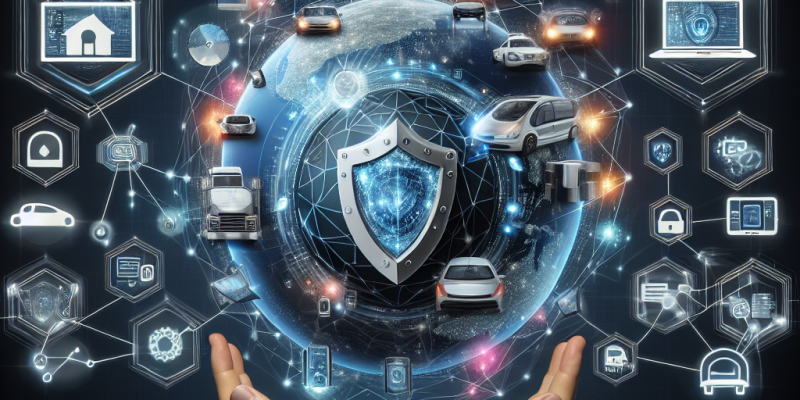IoT Security in 2025: Advanced Solutions for a Connected World

As we dive deeper into 2025, the Internet of Things (IoT) continues to reshape our world. From smart homes to connected cars, IoT devices are everywhere, making our lives easier and increasingly connected. However, this connectivity also comes with significant security challenges. In this article, we will explore the state of IoT security today and the advanced solutions available to protect our connected world.
The Growing Threat Landscape
In 2025, the number of IoT devices is projected to exceed 30 billion. This vast network of connected devices presents a tempting target for cybercriminals. Threats such as data breaches, ransomware attacks, and unauthorized access are on the rise. With more devices online, the attack surface for hackers has broadened, making effective security measures more critical than ever.
Enhanced Authentication Methods
Authentication has become a key focus in IoT security. In 2025, many devices use advanced multi-factor authentication (MFA) methods. Instead of relying on just a password, users must verify their identity through multiple means, such as biometric scans, security tokens, or smartphone notifications. These methods make it much harder for unauthorized users to gain access to devices and networks.
Machine Learning and AI in Security
Artificial intelligence (AI) and machine learning are now vital tools in IoT security. These technologies analyze vast amounts of data in real time to identify potential threats. In 2025, AI-driven systems can detect anomalies in device behavior that might suggest a cyberattack. By responding quickly to these threats, security systems can prevent potential breaches before they escalate.
Secure Communication Protocols
As we improve IoT security, the way devices communicate with each other also needs attention. In 2025, many IoT devices use secure communication protocols that encrypt data transmitted over networks. This means that even if data is intercepted, it cannot be easily read or used by hackers. Protocols like MQTT (Message Queuing Telemetry Transport) and CoAP (Constrained Application Protocol) have been enhanced to provide higher levels of security.
Edge Computing for Improved Security
Edge computing is gaining traction as a way to enhance IoT security. By processing data closer to where it is generated, we reduce the amount of sensitive information sent to central servers. In 2025, more organizations are using edge computing to analyze data locally and only send necessary information over the internet. This not only improves response times but also minimizes exposure to cyber threats.
Regular Software Updates and Patching
Developers and manufacturers are placing greater emphasis on regular software updates and patch management. In 2025, many IoT devices have automatic update features that ensure they receive the latest security patches without user intervention. This proactive approach helps protect devices from known vulnerabilities, making it harder for hackers to exploit weak points.
User Education and Awareness
Even with advanced technologies, human error remains a significant vulnerability in IoT security. In 2025, organizations are investing more in user education. They conduct workshops and training sessions to teach users about best security practices, such as recognizing phishing attempts and maintaining strong passwords. An informed user is one of the best defenses against cyber threats.
The Future of IoT Security
As we move further into 2025, IoT security will continue to evolve. Innovations such as quantum encryption and decentralized security solutions may emerge, providing even greater protection against cyber threats. Companies will also need to collaborate to create standardized security frameworks, making it easier to manage security across different devices and platforms.
Conclusion
In 2025, IoT security is more critical than ever. With billions of devices interconnected, ensuring their security requires advanced solutions and a proactive approach. By leveraging new technologies such as AI, enhanced authentication, and secure communication protocols, we can protect our connected world from emerging threats. As we embrace the future of IoT, a focus on security will help bring peace of mind to users and organizations alike.














